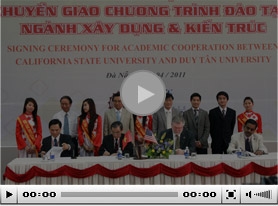Phần mềm-Ứng dụng
The TMM is defined by five maturity levels: Initial; Phase Definition; Integration; Management and Measurement; and Optimization, Defect Prevention, and Quality Control. These were described the set of maturity goals associated with each maturity level. Each maturity level has an internal structure, which was shown . Note that each level implies a specific testing process capability. With the exception of level 1, several maturity goals (MG) that identify key process areas are indicated at each level. The maturity goals represent testing improvement goals that must be addressed in order to achieve maturity at that level. As required by its staged model architecture, the TMM specifies that in order to be placed at a given level, an organization must satisfy the maturity goals at that level and all lower levels.
The ATRs are a unique aspect of the TMM structure [1–5]. They address implementation and organizational adaptation issues at each spe cific level. Activities and tasks are defined in terms of actions or practices that must be performed at a given level to improve testing capability;they are linked to organizational commitments. Responsibilities are assigned for these activities and tasks to three groups that are believed to represent the key participants in the testing process—managers, developers/testers, and users/clients. In the model they are referred to as “the three critical views (CV)”
» Tin mới nhất:
- Bắt đầu với Docker – Phần 5: Quản lý Image với Docker Hub (29/12/2025)
- Những thủ thuật sử dụng Visual Studio Code (18/12/2025)
- Tools for TMM Level 1 (09/12/2025)
- Testing tools (09/12/2025)
- Bắt đầu với Docker – Phần 4: Docker Image và cách xây dựng với Dockerfile (05/12/2025)
» Các tin khác:
- Process improvement models (17/07/2025)
- The general requirements for TMM development (17/06/2025)
- The Need for a Testing Maturity Model (17/06/2025)
- Procedures for Process Reuse (19/05/2025)
- Templates for Reusable Processes (19/05/2025)
- Process Reuse (17/04/2025)
- Technology Transfer (17/04/2025)
- Technology Insertion (13/03/2025)
- Analyze Data (13/03/2025)
- Activities for Quantitative Test Process Control (17/01/2025)












